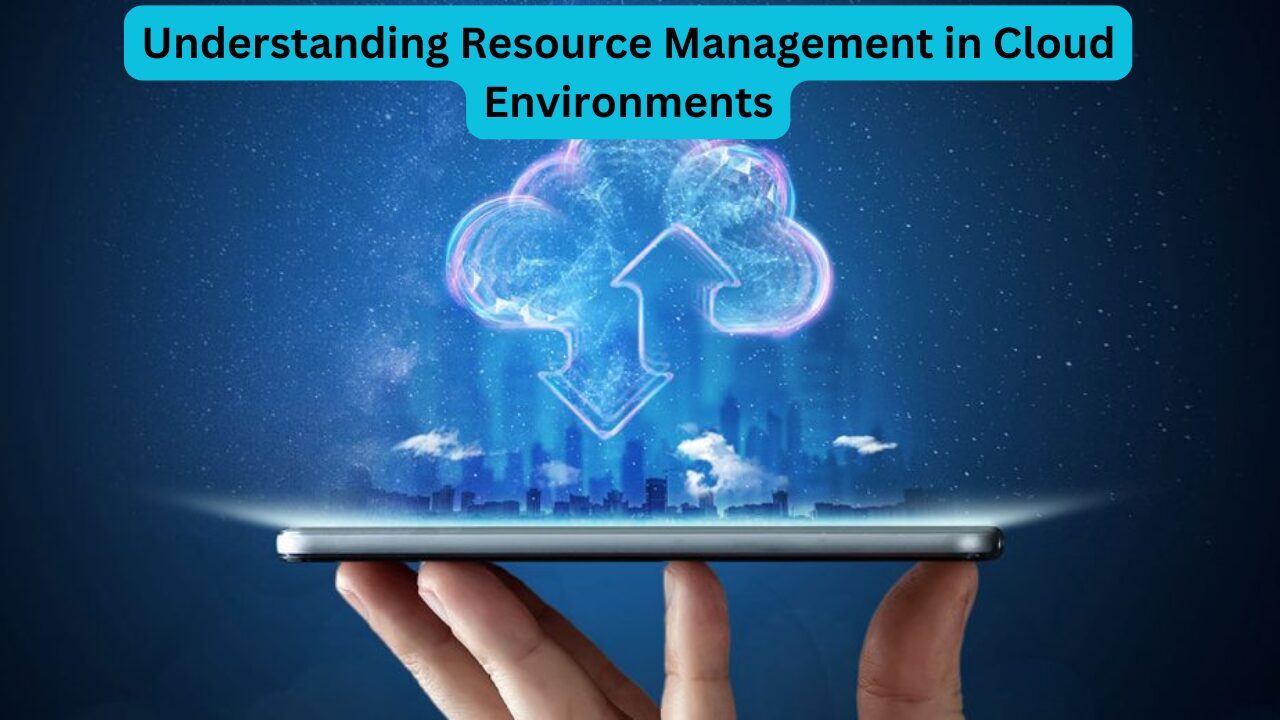In today’s digital age, the efficient management of resources within cloud environments is paramount for organizations aiming to maximize their operational efficiency. This article delves into essential concepts related to resource management, the tools available, and practical examples of how these resources can be utilized effectively.
What Are Cloud Resources?
Cloud resources encompass various components used for computing, storage, and network functions hosted in the cloud. These can include virtual machines, databases, and applications that organizations utilize to carry out their operations. Efficient resource management ensures that these assets are used effectively, reducing waste and optimizing performance.
Key Components of Cloud Resource Management
- Resource Groups: These are collections of related resources that can be managed collectively. Grouping resources simplifies management tasks, as actions can be performed on the entire group rather than on individual resources.
- Subscriptions: Subscriptions define the boundaries for resource usage and billing. They allow users to manage resources under specific plans or agreements with cloud service providers.
- Roles and Permissions: Cloud environments employ a role-based access control system to manage who can access and modify resources. Understanding user roles—such as owner, contributor, and reader—is crucial for maintaining security and operational integrity.
Read More- Understanding Role-Based Access Control in Azure
Practical Applications of Resource Management
Effective resource management in cloud environments can significantly impact an organization’s operations. Below are several key scenarios demonstrating how organizations can optimize their cloud resource management.
Example 1: Resource Group Management
When managing a large number of resources, it is beneficial to group them based on their function or project. For example, a company may create a resource group for its development team that includes virtual machines, databases, and storage accounts. This approach allows for streamlined management of the group’s resources, simplifying tasks such as scaling and monitoring.
Example 2: Utilizing Subscriptions for Cost Management
Organizations can use subscriptions to control costs by segregating resources based on departmental needs. For instance, a company could have separate subscriptions for marketing, development, and research departments, each with its budget and access controls. This method allows for better tracking of expenses and resource utilization across departments.
Example 3: Implementing Role-Based Access Control
Using role-based access control is essential in managing who can modify or view cloud resources. For example, only users with administrative privileges should be allowed to delete resources. This ensures that accidental deletions or modifications are minimized, protecting critical infrastructure from disruption.
The Importance of Recovery and Backup Strategies
In cloud environments, data loss can occur due to various reasons, such as accidental deletion or system failures. Implementing effective backup and recovery strategies is crucial to mitigate these risks.
Best Practices for Backup and Recovery
- Regular Backups: Schedule regular backups of essential data and resources to ensure that recent versions are always available for recovery.
- Automated Recovery Procedures: Use automated tools to recover lost or corrupted data swiftly. Automation reduces downtime and minimizes the impact on operations.
- Testing Recovery Plans: Regularly test recovery plans to ensure that they are effective and that personnel are familiar with the procedures. Testing can reveal any weaknesses in the plan that need to be addressed.
FAQs on Cloud Resource Management
1. What is a resource group in cloud computing?
A resource group is a collection of related cloud resources that can be managed collectively, making it easier to deploy, monitor, and manage these resources.
2. How do subscriptions work in cloud environments?
Subscriptions define the scope of resource usage and billing. They allow organizations to segment resources for better tracking and cost management.
3. What are the benefits of role-based access control?
Role-based access control helps to secure cloud resources by restricting access based on user roles, ensuring that only authorized personnel can perform specific actions.
4. How can I recover lost data in the cloud?
You can recover lost data by implementing regular backup strategies and using automated recovery tools to restore data quickly in the event of loss or corruption.
5. What should I include in my cloud resource management plan?
A comprehensive cloud resource management plan should include resource group organization, subscription management, role definitions, backup and recovery strategies, and monitoring protocols.
6. How can resource monitoring improve efficiency?
Resource monitoring allows organizations to track resource usage in real-time, enabling them to identify inefficiencies and optimize resource allocation accordingly.
7. What tools can assist with cloud resource management?
There are several tools available for cloud resource management, including Microsoft Azure Management, AWS Management Console, and Google Cloud Console, each offering a range of functionalities for resource monitoring, deployment, and cost management.
Conclusion
Efficient cloud resource management is vital for organizations looking to harness the full potential of cloud computing. By understanding resource groups, subscriptions, and role-based access control, businesses can optimize their operations, enhance security, and reduce costs. Implementing strong backup and recovery strategies further safeguards against data loss, ensuring organizational resilience in the face of unforeseen challenges. As cloud technology continues to evolve, organizations must stay informed and proactive in managing their cloud resources effectively.
